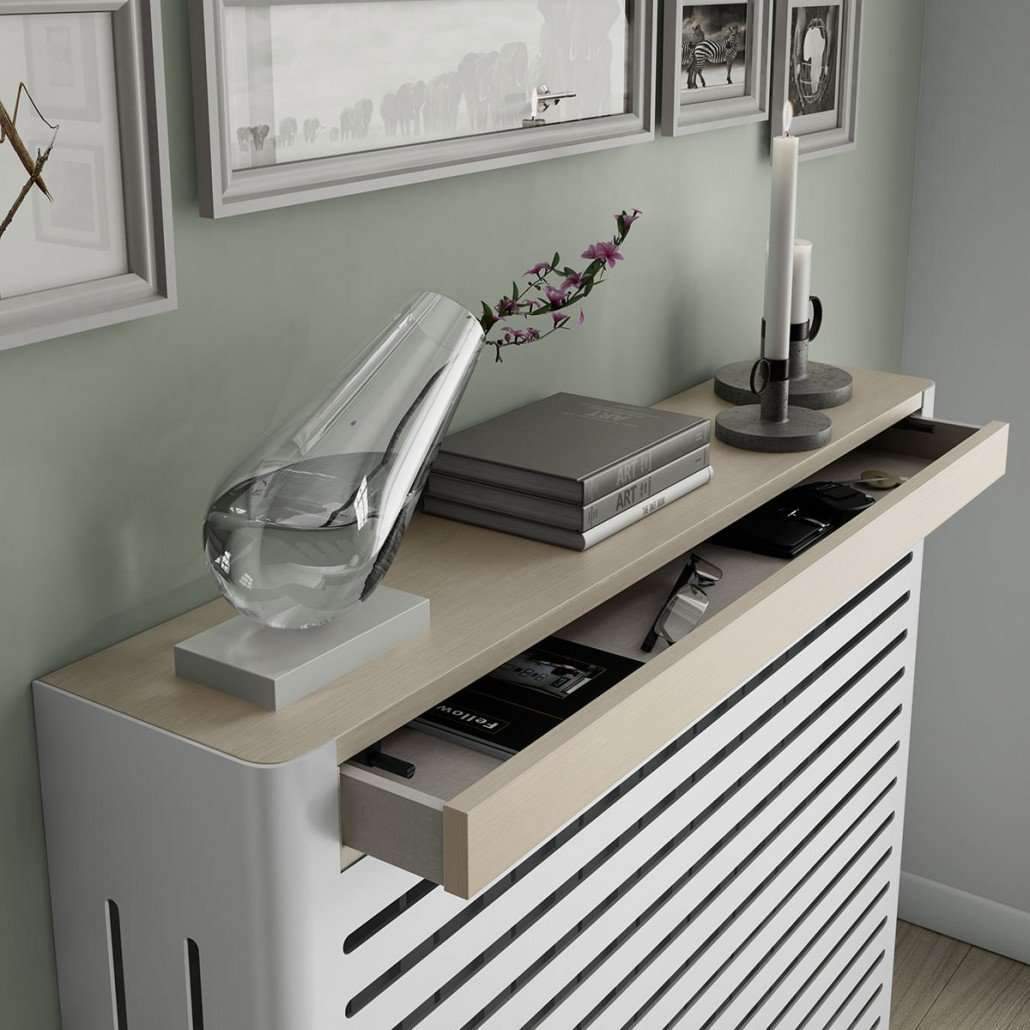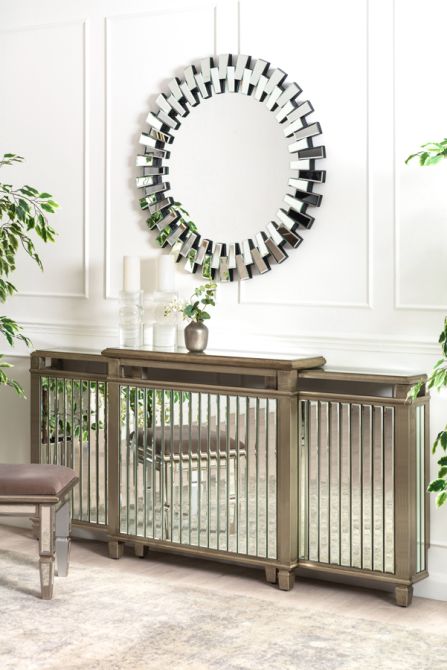Radiator Cover Solutions for Small and Huge Areas
Wiki Article
Radiator Covers: Understanding Materials, Styles, and Advantages
Radiator covers offer both visual and functional purposes within a home, supplying a variety of materials such as hardwood, mdf, and steel to suit various layout preferences. Choosing the appropriate radiator cover entails recognizing the subtleties of products, layouts, and their linked benefits.Sorts Of Materials


Wooden covers, commonly crafted from hardwoods such as oak or maple, provide a classic, cozy look that enhances typical insides. Their resilience and ability to be discolored or painted add to their flexibility. Metal covers, typically made from steel or aluminum, are favored for their toughness and contemporary appearance, commonly including sleek lines that improve modern areas.
MDF, a made wood product, is prominent for its cost-effectiveness and ease of customization. It can be repainted or ended up to match existing decoration while providing a smooth surface area. Plastic covers, while less common, are resistant and light-weight to dampness, making them ideal for humid atmospheres.
Inevitably, the selection of material for a radiator cover must straighten with the home owner's design preferences, practical requirements, and the specific environment where the cover will certainly be set up. Each material provides a distinctive character, making sure that there is an option to suit every taste and setup.
Popular Design Styles
Emphasizing aesthetic appeal, prominent layout styles for radiator covers mirror a series of preferences and interior decoration fads. Standard designs commonly include intricate woodwork and elaborate outlining, making them appropriate for traditional or vintage-inspired insides. These covers generally incorporate carved components, offering a cozy and welcoming feeling to any type of space.On the other hand, contemporary styles concentrate on minimalist aesthetics, identified by tidy lines and understated style. Materials such as steel or sleek wood with a smooth coating are frequently utilized, allowing these covers to mix perfectly into contemporary rooms. Industrial styles, on the other hand, welcome basic materials like revealed metal and concrete, adding a vibrant statement to loft or metropolitan setups.
For those seeking a distinct touch, bespoke styles offer modification choices that accommodate individual choices, making it possible for house owners to select shades, patterns, and products that match their decor. Furthermore, farmhouse-style covers incorporate rustic aspects, featuring troubled timber and basic forms that stimulate a cozy, nation beauty.
Benefits of Radiator Covers
Radiator covers not just improve the visual allure of a space yet likewise offer several functional benefits that make them a rewarding addition to any type of home. Among the primary advantages is security, particularly in households with family pets or kids. Covers decrease the danger of burns from warm radiator surfaces, ensuring a much safer environment.Additionally, radiator covers can improve energy effectiveness. By routing warm into the room rather than enabling it to run away, they aid preserve a consistent temperature, lowering home heating costs with time. This is specifically useful in older homes where radiator systems may be less reliable.
An additional significant benefit is sound decrease. Radiators can often create undesirable noises throughout procedure, and covers can assist smother these noises, adding to a much more serene living area. Radiator covers can be useful, providing extra storage space or screen area, consequently taking full advantage of the energy of often-overlooked locations.
Last but not least, they can shield radiators from dirt and particles, which can prevent efficiency and boost upkeep needs. With these integrated advantages, radiator covers emerge as a useful remedy for improving both the performance and design of any home atmosphere.
Installation Factors To Consider
Mounting radiator covers needs careful factor to consider to guarantee both functionality and security (Radiator cover). Initially, evaluate the measurements of your radiator and the surrounding room to make certain a proper fit. Precise measurements are important; an uncomfortable cover can obstruct heat flow or produce safety and security dangersFollowing, assess the material of the cover. While timber supplies visual charm, steel alternatives may supply much better durability and heat resistance. Consider the weight of the cover too; much heavier covers read what he said may need extra support or supports to stay clear of sagging or damage with time.
Air flow is an additional vital element. Covers have to feature adequate airflow to avoid getting too hot and maintain efficient heating. Try to find designs with slats or perforations that allow warmth to distribute without blockage.
Additionally, guarantee that the cover is firmly installed to protect against mishaps, specifically in homes with children or family pets. Radiator cover. It's advisable to comply with the supplier's setup standards carefully and, if needed, seek advice from an expert for complex installations
Upkeep and Treatment Tips
Appropriate maintenance of radiator covers is important for ensuring their longevity and optimal performance. For painted or wood covers, think about an ideal gloss or safety covering to keep their look.Examine the covers regularly for signs of wear or damages, such as splits or peeling off paint. Attending to these concerns promptly can prevent further deterioration. Ensure that the covers are safely attached and look for any type of loosened screws or fittings, as vibrations from the radiator can loosen them with time.
In colder months, stay clear of placing hefty items or decorative products in addition to the radiator covers, as this can impede warmth distribution and create unnecessary stress to the framework. Lastly, take into consideration seasonal maintenance by removing the covers check it out for extensive cleaning and examination during warmer months when the heating unit is non-active. Adopting these straightforward treatment ideas will enhance the efficiency and aesthetic allure of your radiator covers, guaranteeing they offer their purpose effectively for several years ahead.

Conclusion
In recap, radiator covers serve as practical and visual improvements to residential areas. Mindful consideration of setup and maintenance more ensures the durability and performance of radiator covers in any home setting.Radiator covers serve both functional and aesthetic functions within a home, offering a variety of pop over to this site products such as hardwood, steel, and MDF to match different layout choices. Selecting the right radiator cover entails comprehending the nuances of materials, layouts, and their linked benefits.Highlighting aesthetic allure, prominent style styles for radiator covers mirror a range of tastes and interior style trends.Radiator covers not only improve the visual appeal of a room however likewise provide several functional advantages that make them a beneficial addition to any kind of home. Consider the weight of the cover as well; larger covers might call for added support or supports to avoid sagging or damage over time.
Report this wiki page